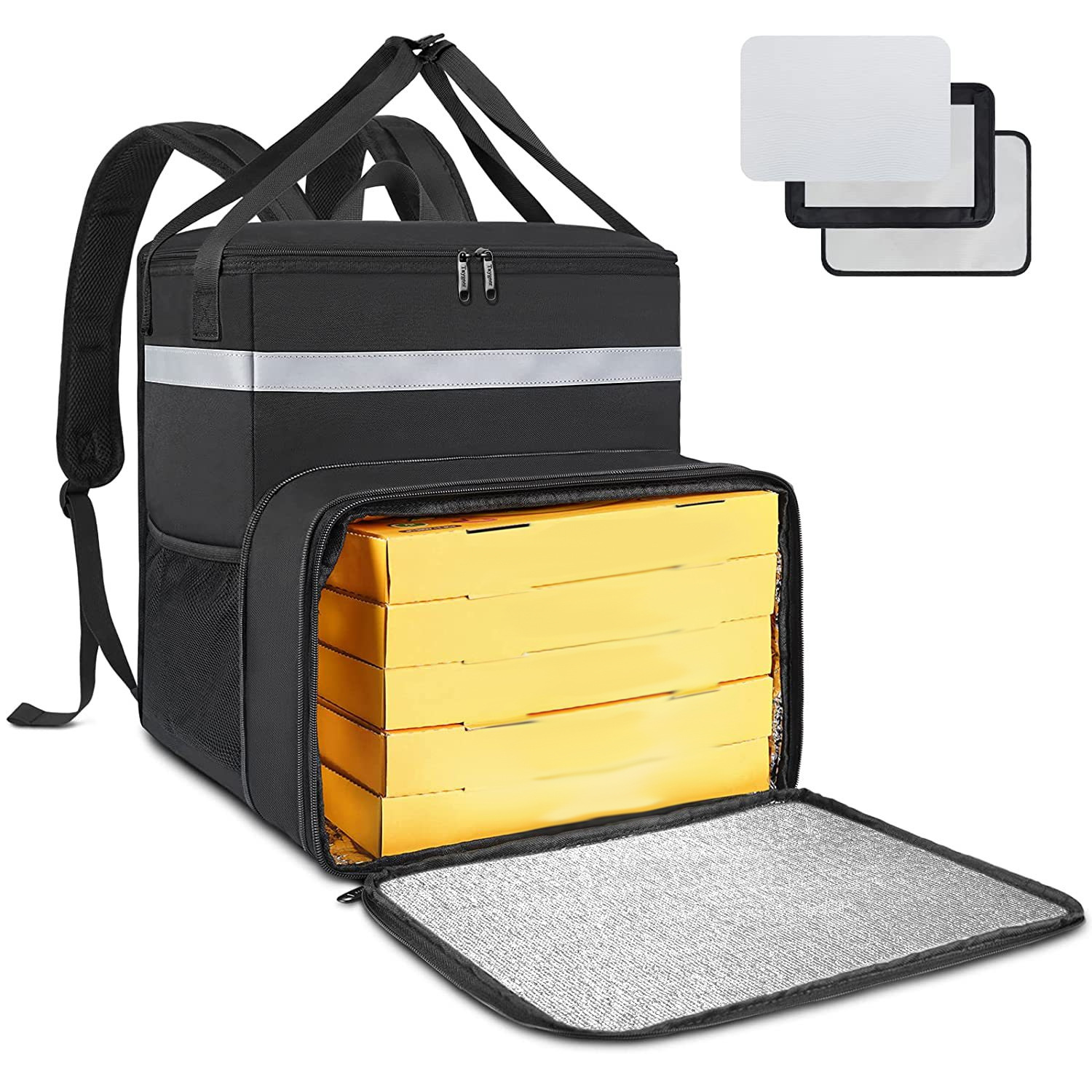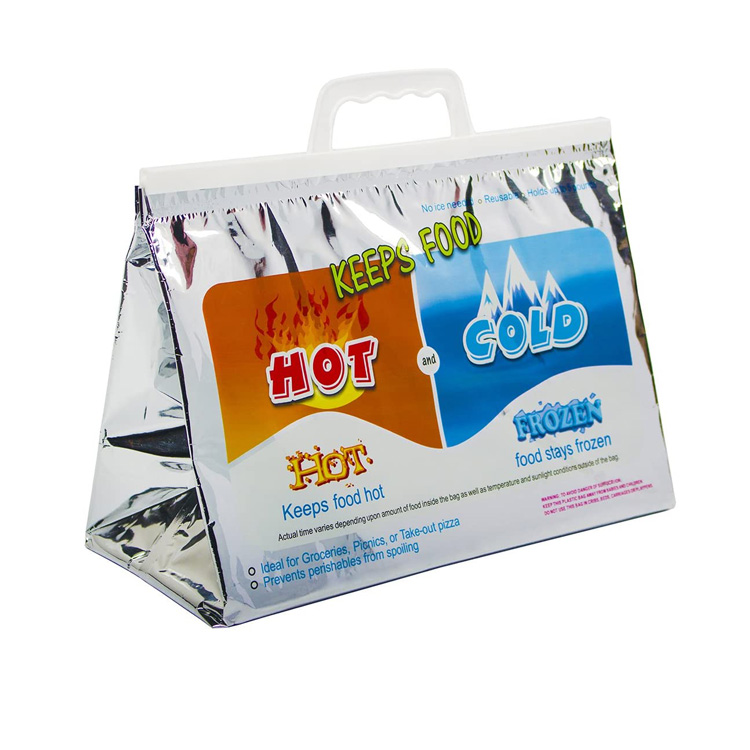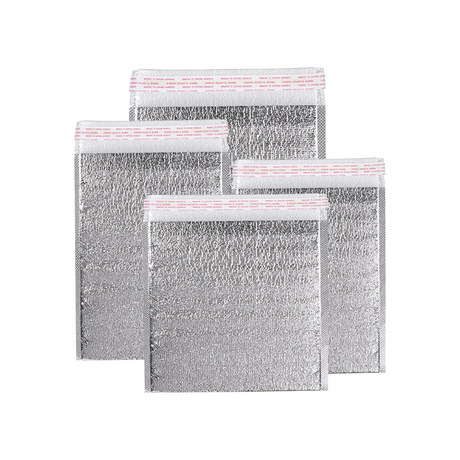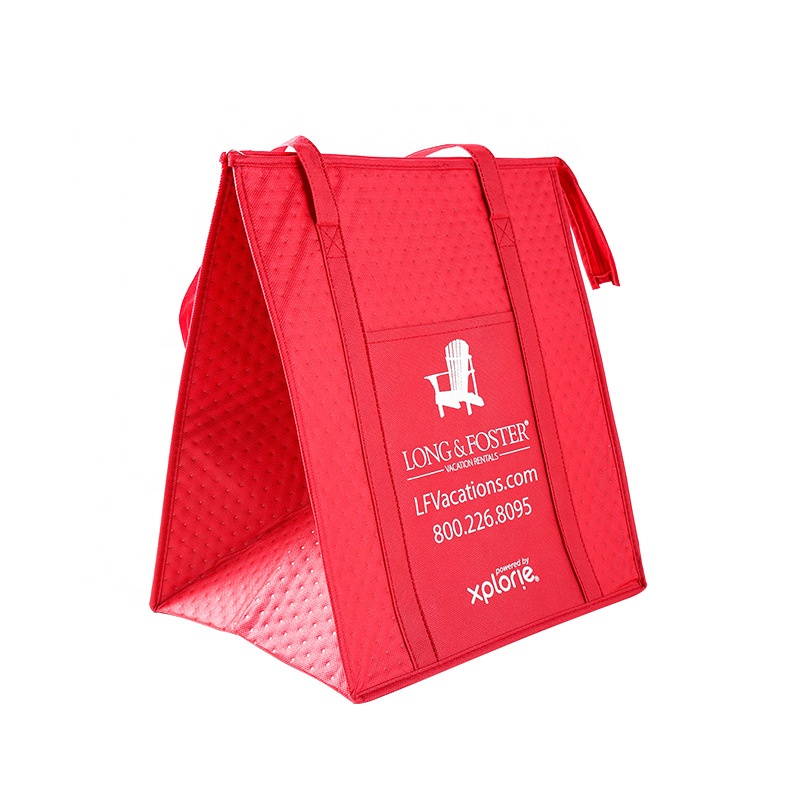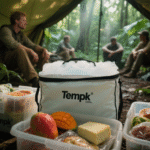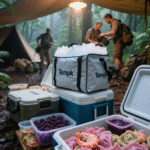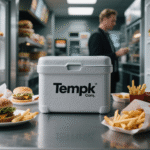Isolamento de caixa para envio: Enhancing Efficiency in Temperature-Controlled Logistics
As global demand for perishable goods surges, box insulation for shipping has become a cornerstone of reliable cold chain logistics. From pharmaceuticals to gourmet foods, effective thermal packaging ensures product integrity while reducing waste. This article explores cutting-edge insulation materials, industry challenges, and innovations, with a focus on Tempk’s EPP (Polipropileno Expandido) coolers as a market-leading solution.

1. Advanced Insulation Materials and Technologies
Modern shipping boxes rely on engineered materials to balance thermal performance and sustainability:
-
PPE (Polipropileno Expandido): With a closed-cell structure, EPP offers 3x better impact resistance than EPS (poliestireno expandido) e 98% recyclability. Its thermal conductivity (0.036–0.038 W/m·K) outperforms PU foam in prolonged transit.
-
Aerogel Liners: Silica aerogel composites reduce heat transfer by 50% while adding minimal weight (0.1g/cm³), ideal for air freight.
-
Materiais de mudança de fase (PCMs): Bio-based PCMs like coconut oil derivatives stabilize temperatures between -20°C and 25°C for 72+ horas, replacing dry ice in medical shipments.
2. Critical Applications Across Industries
Optimized box insulation addresses diverse needs:
-
Produtos farmacêuticos: WHO-compliant boxes maintain 2–8°C for 96 horas, critical for mRNA vaccines.
-
Kits de refeições: Vacuum-insulated panels (VIPs) com 0.004 W/m·K conductivity keep ingredients fresh in 48-hour deliveries.
-
E-commerce: Corrugated cellulose boxes with PLA coatings reduce packaging weight by 40% versus Styrofoam.
3. Challenges in Sustainable Insulation
Key hurdles include:
-
Cost Barriers: Aerogel-insulated boxes cost 12–15 per unit vs. $3 for EPS, though bulk recycling programs can lower long-term expenses.
-
Recycling Complexity: Multi-layer materials (por exemplo, foil-PET liners) require specialized separation, with only 22% currently recycled in the EU.
-
Regulatory Gaps: Inconsistent global standards for “biodegradável” claims lead to greenwashing risks.
4. Tendências Futuras: Smart and Circular Designs
Innovations focus on:
-
IoT Integration: RFID tags monitor internal temperature (±0.5°C accuracy) and humidity, syncing data to cloud platforms.
-
Mycelium Insulation: Mushroom-based materials grow into custom shapes, achieving 0.035 W/m·K conductivity and 60-day compostability.
-
Reusable Systems: Foldable EPP coolers with 100+ lifecycle uses cut single-use waste by 90%.
5. Tempk’s EPP Coolers: Redefining Thermal Packaging
Tempk Caixas Isoladas EPP lead the market with:
-
Design ultra-leve: 30% lighter than EPS alternatives, reducing shipping costs and carbon footprints.
-
Extended Thermal Retention: Patented multi-layer EPP maintains 0–4°C for 120 horas, even in 35°C ambient conditions.
-
Closed-Loop Recyclability: 100% returnable via Tempk’s ReBox program, with shredded EPP reused in new products.
By merging durability, eco-design, and superior thermal performance, Tempk’s EPP solutions set benchmarks for sustainable cold chain logistics.







